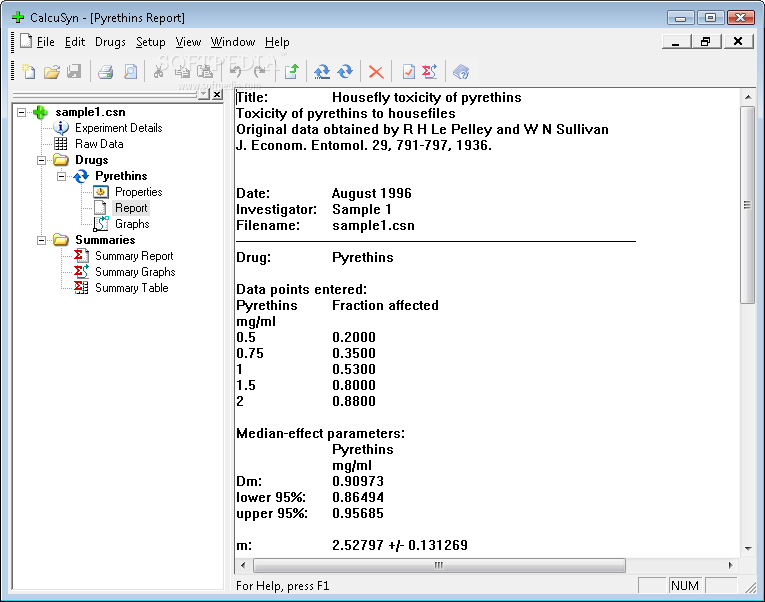

Since cold temperature can activate TRPM8 and TRPA1 ion channel, its regulation on TRPM8 and TRPA1 expression was discussed as well. Both “calcium-dependent” pathway and “calcium-sensitization” pathway were explored. In order to discuss TRPM8 and TRPA1 direct effect on vascular smooth muscle cell contraction, TRPM8 specific agonist WS-12 and TRPA1 specific agonist ASP 7663 were used. TRPM8 and TRPA1 could regulate vascular tone through sensory nerve, sympathetic nerve, and NOS system. Constriction of VSMC can be achieved by an increase of intracellular Ca 2+ influx, which is recognized as “calcium-dependent,” as well as an increase of Ca 2+ sensitivity, which is recognized as “calcium sensitization”.

Contraction of vascular smooth muscle cell (VSMC), influenced by systems mentioned above, controlled vascular tone directly. Sympathetic nerve, sensory nerve, and nonneuronal factors, such as NOS system, contributed to the cutaneous vasoconstrictor response to local cooling. The complex regulator mechanisms involve a combination of neurotransmitter synthesis and release, Ca 2+ homeostasis, adrenergic receptor function, or VSMC contractile ability. Local cold exposure leads to an initial vasoconstriction which protects against heat loss, followed by a vasodilation which prevent local area from cold-induced injuries such as frostbite. Both of them are involved in the regulation of vascular tone, especially response to cold environment. Recently, several studies proved that TRPM8 and TRPA1 not only existed in sensory neurons but also could be detected in rat aorta and pulmonary artery.

TRPM8 can be activated by some cooling compounds, such as menthol or icilin, while TRPA1 can be activated by mustard oil or AITC. Among them, TRPM8 and TRPA1 are sensors for noxious cold and innocuous cool temperature, respectively. TRP channels, expressed in sensory neurons of dorsal root ganglia (DRG) and trigeminal ganglia (TG), are the primary detectors for sensing environmental change and stimuli. Several members of TRP family exhibit temperature-sensitive characters. Members of transient receptor potential (TRP) family that are considered as novel nonvoltage Ca 2+ permeable cation channels attract people’s attention in vascular research. Ion channels, especially Ca 2+-permeable channels, play an important role in regulating vascular tone.

However, mechanism of RAS in regulating cold-induced vasospasm is still unknown. Ferulic acid and Z-ligustilide, which proved to be effective in cardiovascular disease, are two major components extracted from Angelica sinensis. It has also been used to cure some cold-induced cutaneous vasospasm diseases such as Raynaud’s phenomenon and frostbite. RAS is widely accepted for its anticancer, memory, neuroprotective, and immunoregulatory effects. The roots of Angelica sinensis (RAS) are a well-known traditional Chinese medicine which had been used for thousands of years in China. These findings suggest that the therapeutic effect of Angelica sinensis on cold-induced vasospasm may be partially attributed to combinational effect, via TRPM8 and TPRA1 way, between ferulic acid and Z-ligustilide. Combination effect of two components in inhibiting RhoA activation and phosphorylation of MLC 20 induced by WS-12 or ASP 7663 was also being quantified. The isobolograms demonstrated that the combinations investigated in this study produced a synergistic interaction. Pharmacological interaction on inhibiting influx evoked by TRPM8 agonist WS-12 or TRPA1 agonist ASP 7663 as well as cold-induced upregulation of TRPM8 was determined using isobolographic analysis. In this study, the pharmacological interaction in regulating cold-induced vascular smooth muscle cell contraction via cold-sensing protein TRPM8 and TRPA1 was analyzed between ferulic acid and Z-ligustilide. Ferulic acid (PubChem CID: 445858) and Z-ligustilide (PubChem CID: 529865), two major components extracted from Angelica sinensis, had been reported to inhibit vasoconstriction induced by vasoconstrictors. Angelica sinensis has been used to attenuate cold-induced cutaneous vasospasm syndrome, such as Raynaud’s disease and frostbite, in China for many years.


 0 kommentar(er)
0 kommentar(er)
